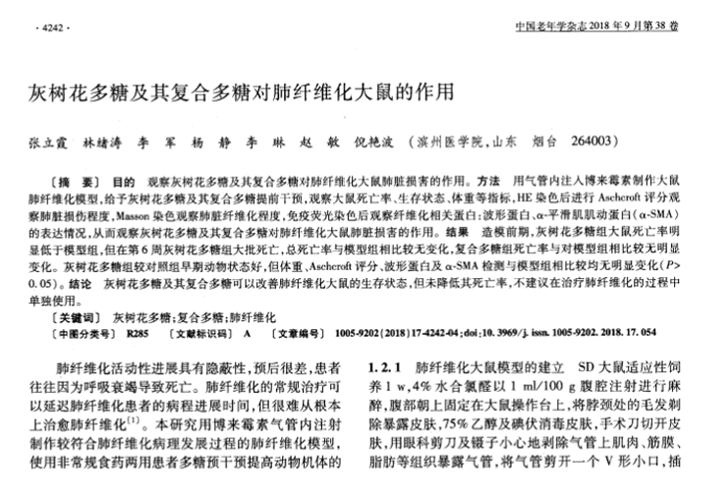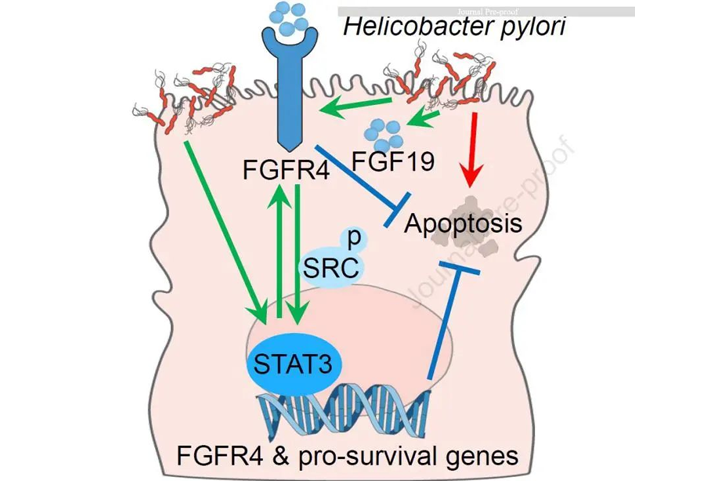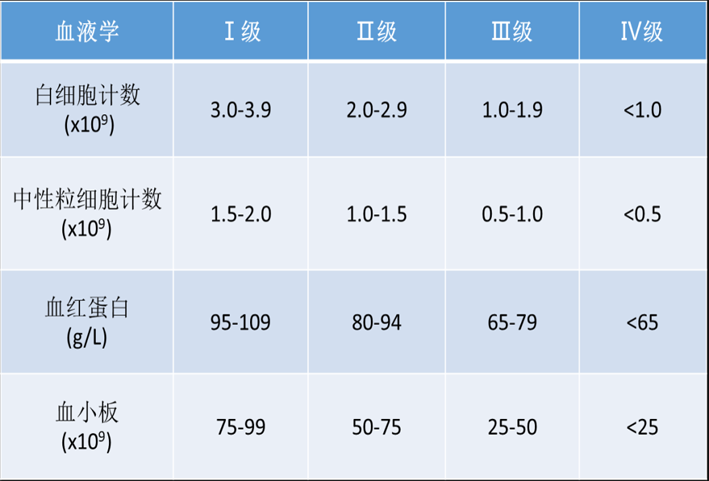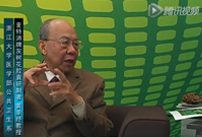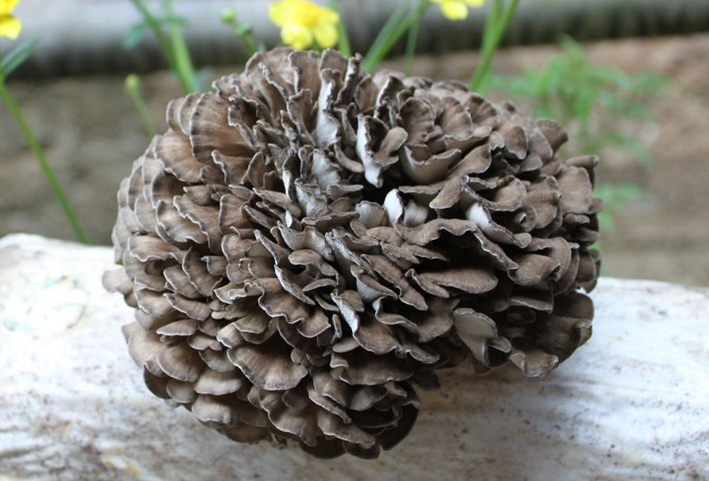In a new study, Dr. Martin Pryc, an immunologist at Fred Hutchinson Cancer Center, and his research team pointed out that an unexpected trick in the cancer script may fool an important part of our immune system and defeat our natural defense against solid tumors. This newly discovered weakness involves an abuse of T cells. Relevant research results were published online in nature Journal on May 11, 2022, with the title of "externalizing human tumour immune alterations from tissue information".

In this new study, the authors identified a subset of T cells that are abundant in head and neck tumors, but they do not appear in oral tissues that are inflamed by common diseases such as gum disease. This strange group of T cells seems to confuse their highly specialized tasks in our immune system and are now trying to protect tumor cells.
This evidence found by the prlic team may help to explain why frontier immunotherapies that work on blood cancer are less effective on solid tumors (such as breast cancer, prostate cancer, kidney cancer and colorectal cancer), which are the cause of most cancer deaths. This points out the direction for the future development of drugs that may remove this protection and make the current immunotherapy more effective for more people.
"Ironically, this is not what we are trying to do. We just have a general interest in the difference between the tumor environment and ordinary inflammation. It's like you're not looking for a treasure, but you happen to find a lot of things that other people have been looking for."
New method reveals unnoticed T cell characteristics
This discovery was made when the prlic team developed a new method to analyze cells in inflammatory tissue and applied complex computer analysis to their research. They compared the types of immune cells found in and around patients' head and neck tumors with those found in tissue samples from patients treated for gum disease.
As they surmised, the immune cells that respond to head and neck tumors are very similar to those in inflamed gingival tissue - but after they carefully studied their data, they found that there are striking differences in one type of T cells in cancer samples.
T cells perform various tasks in the immune system. One of the most important tasks is to provoke an inflammatory response, a coordinated attack to destroy cells damaged by infectious pathogens or cancer. Groups of T cells themselves carry out this killing to a large extent.
Other types of T cells work to appease their overactive siblings. They are called regulatory T cells (Treg), which usually inhibit inflammation and quiet the flocks of T cells, thus protecting nearby healthy tissues. Without enough Treg cells, people may be vulnerable to uncontrolled abuse of the autoimmune system and suffer from autoimmune diseases, such as lupus or rheumatoid arthritis.
What prlic and his colleagues found was a different type of Treg cell. These groups of immunosuppressive cells in tumor microenvironment samples are different from Treg cells in other parts of the body. There are two different protein receptors (biomarkers) on their cell surface. These Treg cells carrying special biomarkers are particularly good at inhibiting inflammation, expanding the number and protecting tumor cells from other types of T cells.
Mair said, "a large part of these key immunosuppressive cells in head and neck tumors have this characteristic. You can't see them in the circulating Treg cells in the blood, but in head and neck tumors, we can see that up to 75% of Treg cells express these two protein receptors."
The inflamed non malignant oral mucosa and head and neck squamous cell carcinoma have similar immunophenotypes. The picture is from nature, 2022, doi:10.1038/s41586-022-04718-w.
To an inadvertent observer, Treg cells from these tumor samples look no different from those found elsewhere in the body. However, the prlic team used new technologies that enabled them to identify the characteristics of thousands of cells in the sample and use advanced computing methods to filter the data. This enabled them to find two types of protein receptors on the surface of Treg cells collected from head and neck tumors: IL1R1 and ICOS.
"What's unique about these cells is that they express [show] these two protein receptors at the same time. You just don't see this co expression on the surface of other Treg cells," said pryic
Once these molecular markers were found, these authors knew that Treg cells carrying these two markers would be easy to find through a simple test, that is, using an antibody that binds to these two markers and has a fluorescent label.
Once discovered, the cancer trick will be exposed
One reason why these two protein receptors may have been neglected by scientists before is that they appear in human Treg cells, but not in mouse Treg cells. Many laboratory work in immunology relies on mouse "models" of immune response, but this new study focuses on human tissues from patients with cancer or non cancer lesions.
"This doesn't erase the importance of mouse models. It just emphasizes that we also need to study human tumor tissue so that we don't miss such a discovery," said pryic
These human tumor related Treg cells congregate in a group of blood cells and connective tissue inside and around the malignant tumor, that is, the tumor microenvironment. Because these cells are easy to be found, in theory, they are also easy to become targets for the development of anticancer drugs.
"All of a sudden, we now have a method that specifically targets Treg cells that only appear in tumors, which was previously impossible," said pryic
Prlic and his team hypothesized that these Treg cells stationed in tumors were cheated by cancer and worked for the wrong partner. Surrounded by T cells looking for cancer cells to destroy, the tumor acquired the ability to attract or produce these Treg cells carrying icos/il1r1. How they do this is unclear, but their impact is to establish an "immunosuppressive" microenvironment to protect tumors from common T cells.
Although this new study focuses on head and neck tumors, the prlic team believes that their findings may be important for more types of cancer. Once they learned that the presence of two markers was important, they scanned a database of genes activated in samples representing 21 different cancer types. Just looking for the gene encoding the rarer il-1r1 protein receptor, they observed that it appeared at different levels in all 19 solid tumor types, but not in the other two blood cancers.
If a drug can be designed to knock out only Treg cells in tumors without harming these immunosuppressive cells elsewhere, it may be an effective way to disable the defense against solid tumors. If these rogue immune cells can be eradicated, anti-cancer T cells will be able to attack tumors, while ordinary Treg cells can play their role in preventing inflammation from damaging healthy tissues.
Prlic and his colleagues hope to develop a "bispecific" antibody that can bind to two different molecular targets at the same time. In this case, one arm of the Y-shaped antibody will bind to the ICOS receptor and the other arm will bind to the il-1r1 receptor.
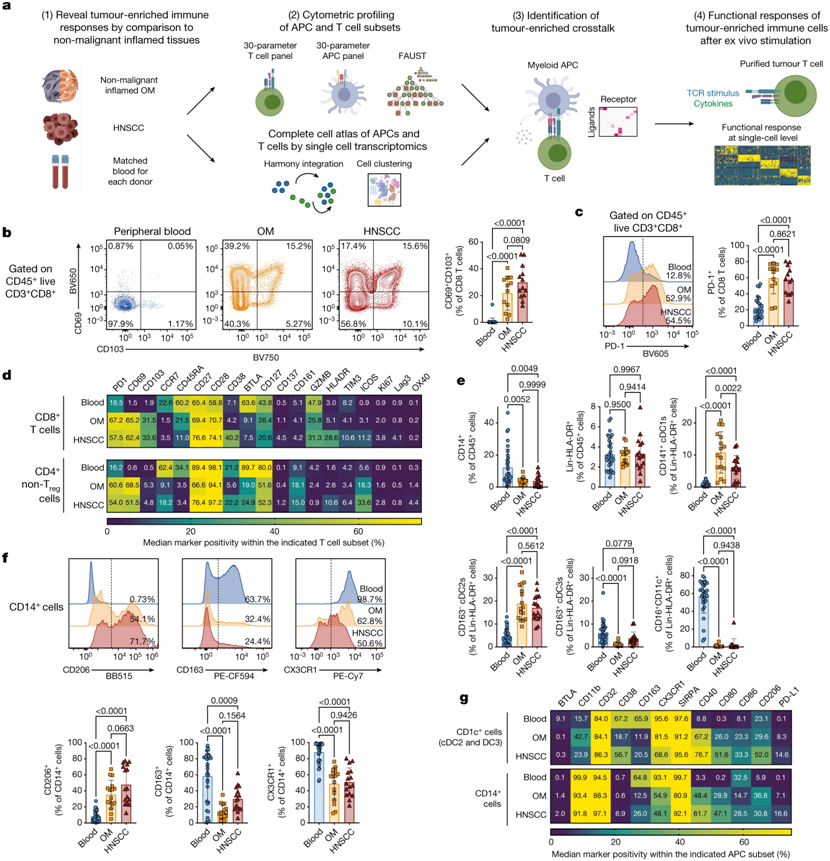
The purpose of this bispecific antibody is to inactivate all Treg cells resident in tumors or label them for subsequent destruction without harming these inflammatory suppressor cells elsewhere in the body. Previous efforts by drug manufacturers to develop targeted Treg cells have failed because they lack accuracy and cannot only destroy Treg cells that protect tumors.
Now, scientists may have a way to target only Treg cells that have been tricked into protecting tumors, perhaps freeing up other parts of the immune system to function normally.
Reference material:
1. Florian Mair et al. Extricating human tumour immune alterations from tissue inflammation. Nature, 2022, doi:10.1038/s41586-022-04718-w.
2. Solid tumors use a type of T cell as a shield against immune attack
https://medicalxpress.com/news/2022-05-solid-tumors-cell-shield-immune.html
Article source:
https://www.medsci.cn/article/show_article.do?id=dff2e2736700





